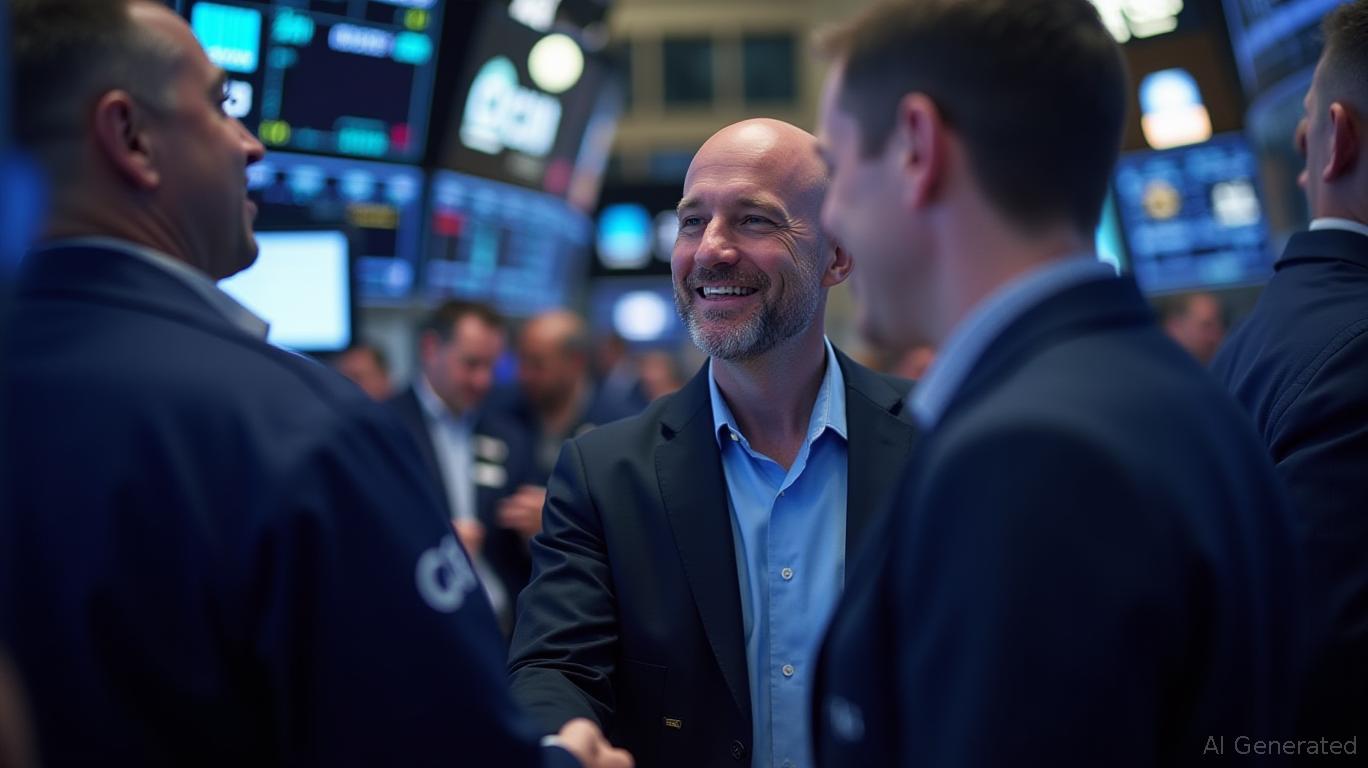"R3 & Chintai Launch $795M ESG RWA Tokenization Fund"
R3 Sustainability and Chintai have joined forces to launch a $795 million real-world asset (RWA) tokenization fund focused on environmental, social, and governance (ESG) investing. The fund, developed on Chintai's layer-1 (L1) blockchain, aims to increase investor accessibility and trading opportunities in the growing RWA tokenization sector.
Josh Gordon, managing director of Chintai, believes that tokenization creates more "direct, efficient and scalable ways to access liquidity." By reducing investment costs, the fund seeks to open new infrastructure financing opportunities to broader audiences, transforming capital flows into industries traditionally dominated by expensive investment banks.
The $795 million fund comes amidst growing interest in the RWA sector, with on-chain RWAs hitting a new record high of $17.1 billion across 82,000 total asset holders, excluding stablecoins, according to data from RWA.xyz.
Sustainable utility infrastructure is a significant and growing investment sector in the US, driven by increased onshoring of manufacturing. Kyle Granowski, founder of R3 Sustainability, sees blockchain and tokenization as providing significant advantages in these projects, which often require multiple rounds of investment to reach completion.
The fund consists of four major sustainability programs: a $50 million energy-efficient remote workforce housing program with near-term expansion opportunities for $150 million of capital; a $165 million early-stage development fund for industrial projects; a $180 million fund for a reverse osmosis desalination plant focused on serving a large industrial complex in Texas; and a $300 million resource efficiency program focused on converting wastewater solids from a chemical manufacturing complex into a fertilizer product for North America.
The RWA fund's opportunity lies in the scale and investment characteristics of the utility infrastructure. The American Society of Civil Engineers (ASCE) estimates a $105 billion funding gap in US water and wastewater infrastructure, a figure that grows with the rise of data centers and industrial complexes. These assets often have contract durations of 20 to 40 years, making secondary markets a game-changer for liquidity and investment flexibility.
Financial institutions and business consulting firms predict that the RWA sector will reach between $4 trillion and $30 trillion in the future.










